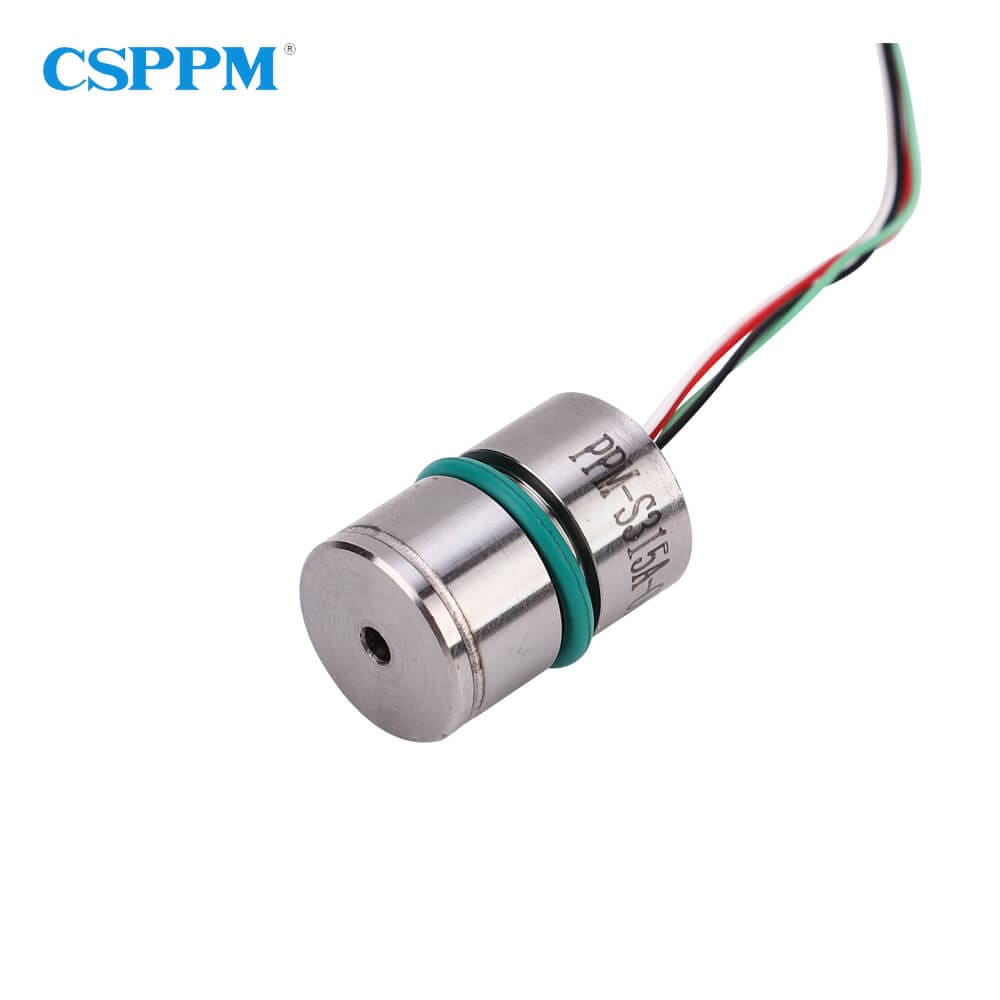Introduction: Rising Challenges in Pressure Measurement
Imagine you’re working in an industrial setting, where every degree and every psi counts towards safety and efficiency. Yet, failures seem all too common in monitoring systems. This leads to a crucial question: how can high temperature pressure sensors mitigate these issues? In fact, high temperature pressure sensors are vital in ensuring accuracy under extreme conditions, making your operations smoother and safer.

Traditional Solution Flaws
Many industries still rely on conventional pressure sensors that struggle in high-temperature environments. Problems like thermal drift and limited operational ranges often lead to inaccurate readings. Why do failures always occur during critical moments? It’s because these sensors can’t adapt to rapid temperature fluctuations and can’t support modern industrial needs. They often lead to costly downtimes and inefficiencies, causing frustrations among technicians and operators alike.
New Technology Principles
Enter high temperature pressure sensors, utilizing advanced materials designed specifically for thermal stability. These innovative sensors operate based on piezoelectric principles or MEMS technologies, which allow them to withstand harsh environments while delivering precise and reliable data. Look, it’s simpler than you think! By understanding these technologies, operators can leverage them for enhanced performance and greater reliability in demanding conditions.
Quantified User Benefits
Users of high temperature pressure sensors report an impressive reduction in maintenance costs—up to 30%—and significantly improved process efficiency, with real-time data accuracy being the norm rather than the exception. Each installation contributes to workflow improvements, allowing companies to maximize uptime and productivity. Implementing these sensors doesn’t just streamline processes but also ensures compliance with industry standards.
Conclusion: Choosing the Right Solution
Always verify these 3 metrics when choosing solutions: ① Temperature range ② Accuracy levels ③ Durability in your specific application. By focusing on these aspects, you’ll ensure that you select the best high temperature pressure sensor, providing seamless integration with your existing systems and meeting operational demands with ease.

Understanding the Role of Steam Pressure Sensors
In the realm of pressure measurement, steam pressure sensors are crucial, especially in applications where steam is involved. These sensors offer specific advantages due to their unique features, perfect for industries like food processing and power generation. They withstand high temperatures and pressures, making them indispensable for safe operations. Using outdated technology? You could be looking at inaccurate readings that put your operations at risk.
The Advantages of High Temperature Pressure Sensors
When it comes to demanding applications, a reliable high temperature pressure sensor is a game changer. These sensors can deliver precise measurements even when subjected to extreme conditions. Whether it’s managing boiler pressure or controlling temperature in various machines, these sensors simplify monitoring and enhance safety. The accuracy they provide enables businesses to optimize their processes while minimizing risks associated with equipment failures.
Final Thoughts on Pressure Measurement Solutions
In conclusion, selecting the right manufacturer can make all the difference. With supply advantages and an established reputation for quality, CSSPM Sensor emerges as a strong contender for your pressure measurement needs. Their lineup of high temperature and steam pressure sensors addresses the challenges of today’s industries, providing reliable solutions that stand the test of time.